Have you ever wondered if your dog truly understands you? The bond between humans and dogs is a unique one, filled with love, loyalty, and sometimes a little confusion. While we might not speak the same language, effective communication with your furry friend can transform your relationship. It’s not just about commands; it’s about understanding each other’s needs and emotions. Dive into these 15 insightful tips to enhance your communication with your beloved canine companion. Are you ready to discover the secrets of a deeper connection?
Recognize the Power of Body Language
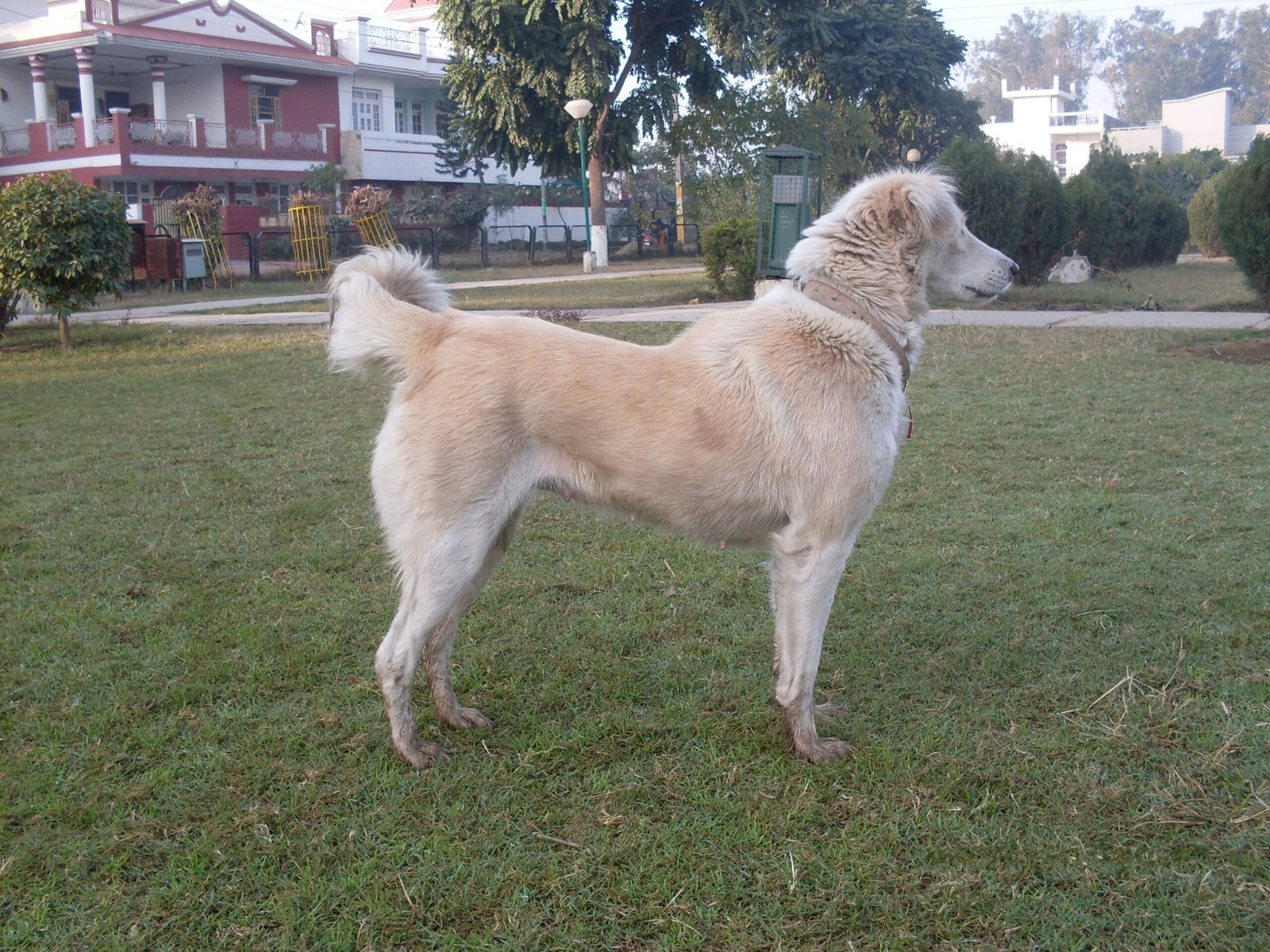
Dogs are incredibly perceptive creatures, often reading our body language better than we do ourselves. When you approach your dog, consider your posture and gestures. Are you leaning forward aggressively or crouching down gently? Dogs interpret these cues and react accordingly. A towering stance might seem intimidating, while a relaxed posture can be inviting.
Moreover, dogs communicate with their own body language. A wagging tail, perked-up ears, or a lowered head each tell a story. By observing these signs, you can gauge your dog’s mood and intentions. It’s like learning a new language; the more you practice, the more fluent you become. Remember, actions often speak louder than words.
Understand the Importance of Tone of Voice
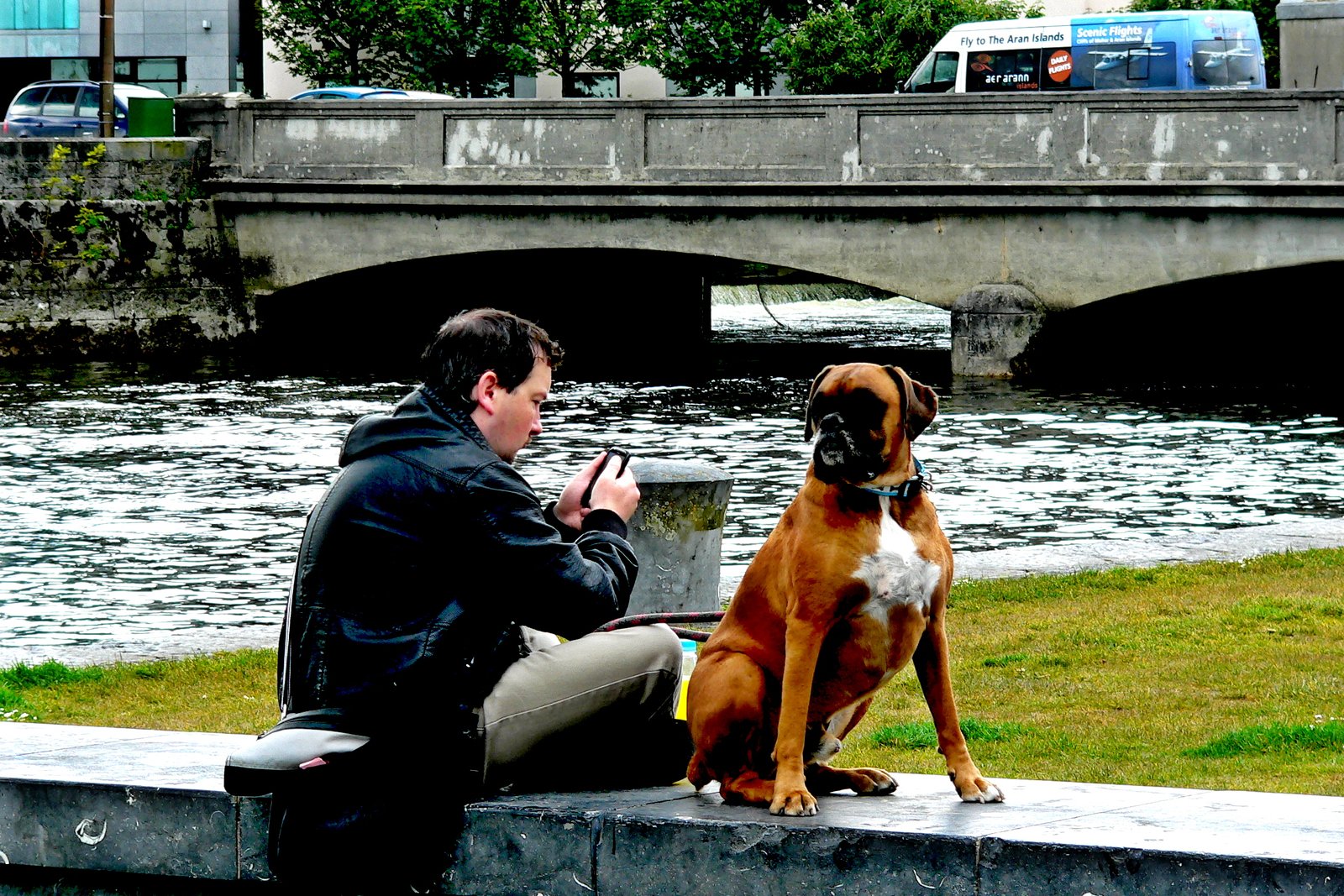
Your dog may not understand every word you say, but your tone of voice speaks volumes. A cheerful, high-pitched tone can excite and encourage your dog, while a firm, low tone can signal disapproval. It’s essential to be consistent with your tone to avoid confusing your dog.
Think of your voice as a musical instrument. Just like a lullaby soothes a baby, a gentle tone can reassure your dog. Conversely, a sharp tone might deter unwanted behavior. Consistency is key; your dog will learn to associate certain tones with specific actions or emotions, strengthening your communication.
Consistency is Key
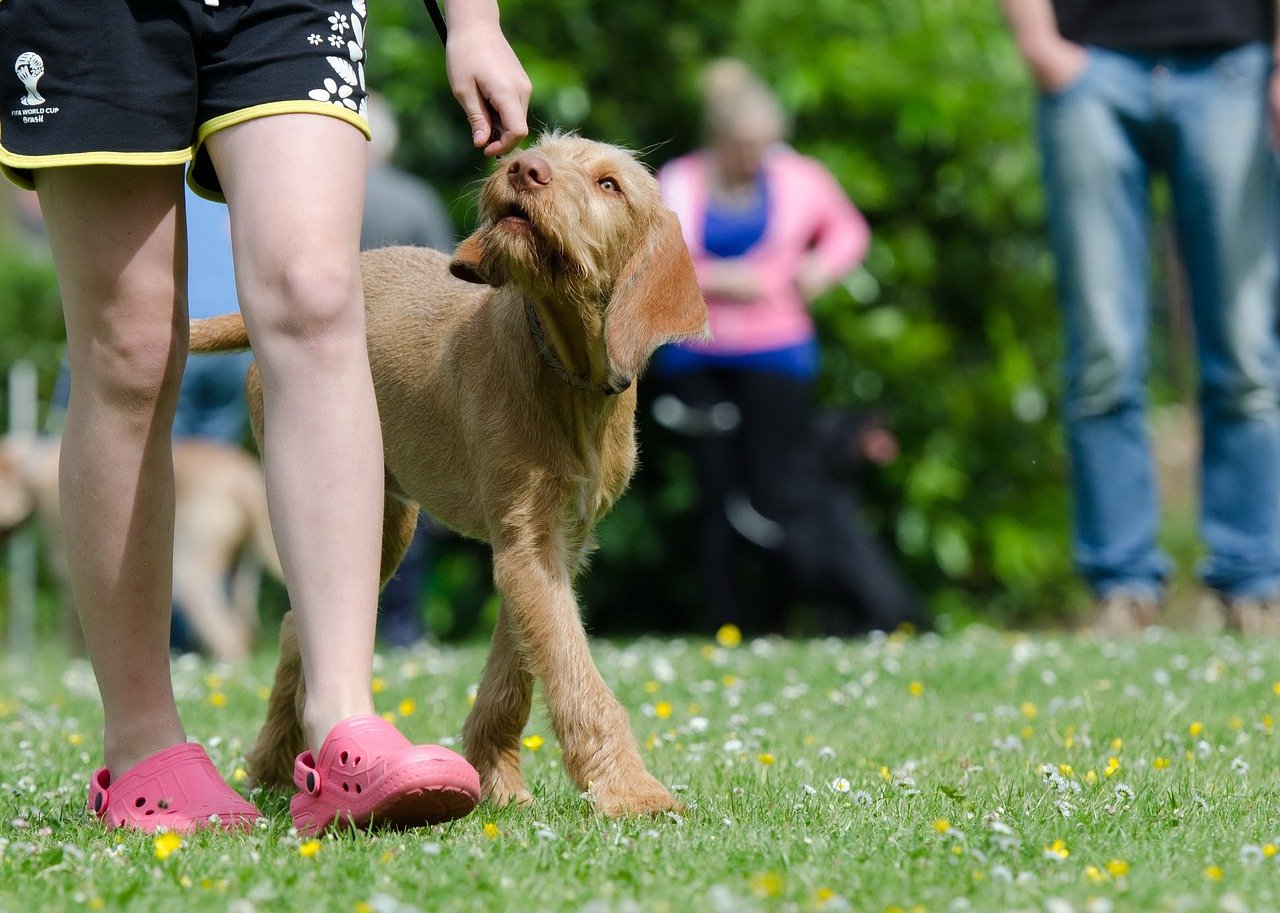
Dogs thrive on routine and consistency. When training or communicating, it’s crucial to use the same words and gestures for commands. Changing the way you communicate can confuse your dog, making it harder for them to understand what you want.
Imagine teaching a child to tie their shoes, but each time you use a different method. The child would be confused, right? The same goes for dogs. By maintaining consistency in your commands and signals, you provide a clear and predictable environment. This consistency builds trust and understanding, making communication smoother.
Use Positive Reinforcement
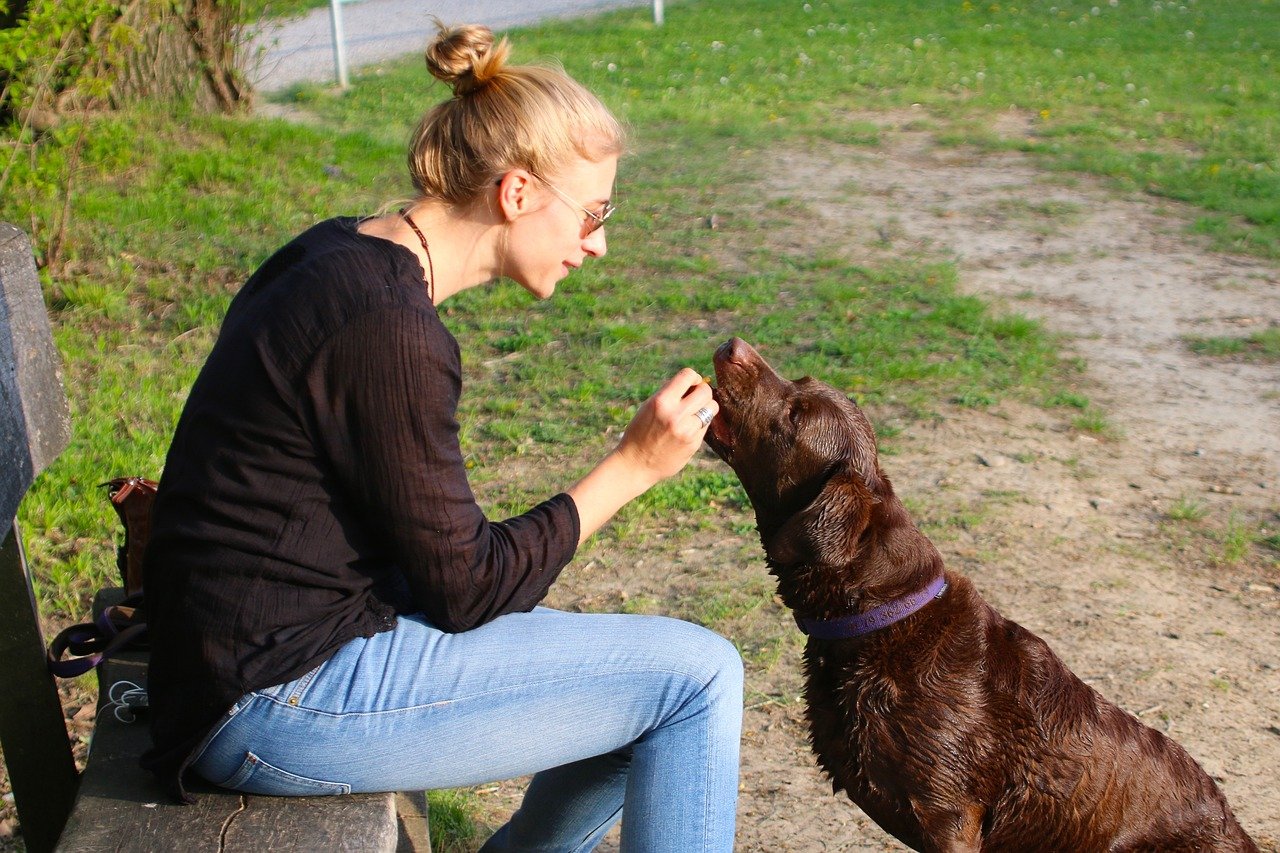
Positive reinforcement is a powerful tool in dog communication. Praising your dog with treats, affection, or verbal encouragement when they perform a desired action can reinforce that behavior. It’s a way of saying, “Yes, that’s what I want!”
Think of it as a reward system. Just as employees work harder when recognized for their efforts, dogs respond well to acknowledgment. Over time, they’ll learn to associate positive outcomes with specific actions, making them more likely to repeat those actions. It’s a win-win situation for both you and your furry friend.
Learn to Listen
Communication is a two-way street. While it’s essential to express your needs to your dog, it’s equally important to listen to them. Dogs communicate through sounds, gestures, and behaviors. By paying attention, you can understand what they’re trying to tell you.
Consider your dog as a non-verbal partner in a dance. Each movement or sound has meaning. A whine might indicate discomfort, while a bark could signal excitement. By listening and responding appropriately, you show your dog that their feelings and needs matter, strengthening your bond.
Use Clear Commands
When giving commands, clarity is crucial. Use simple, concise words that are easy for your dog to understand. Avoid using long sentences or commands that sound similar to each other, as this can confuse your dog.
Imagine trying to navigate a foreign city with unclear directions. Frustrating, right? Your dog feels the same way with unclear commands. By using clear, distinct words, you provide a roadmap for your dog to follow, making communication more effective and less stressful for both parties.
Create a Safe Environment
A safe and secure environment is vital for effective communication. If your dog feels threatened or anxious, they may not respond well to your commands or attempts at interaction. Ensure your home environment is comfortable and free from potential stressors.
Think of it as setting the stage for a performance. A calm environment allows your dog to focus on you without distractions. When your dog feels safe, they’re more likely to be receptive to your communication, leading to a more harmonious relationship.
Practice Patience
Patience is a virtue, especially when it comes to communicating with your dog. Dogs, like humans, have their off days and may not always respond as expected. It’s essential to remain calm and patient, even when things don’t go as planned.
Consider teaching a child to ride a bike. It takes time, practice, and patience. The same applies to dogs. By being patient, you show your dog that you’re committed to understanding and working with them. This patience fosters trust and strengthens your bond over time.
Engage in Regular Play
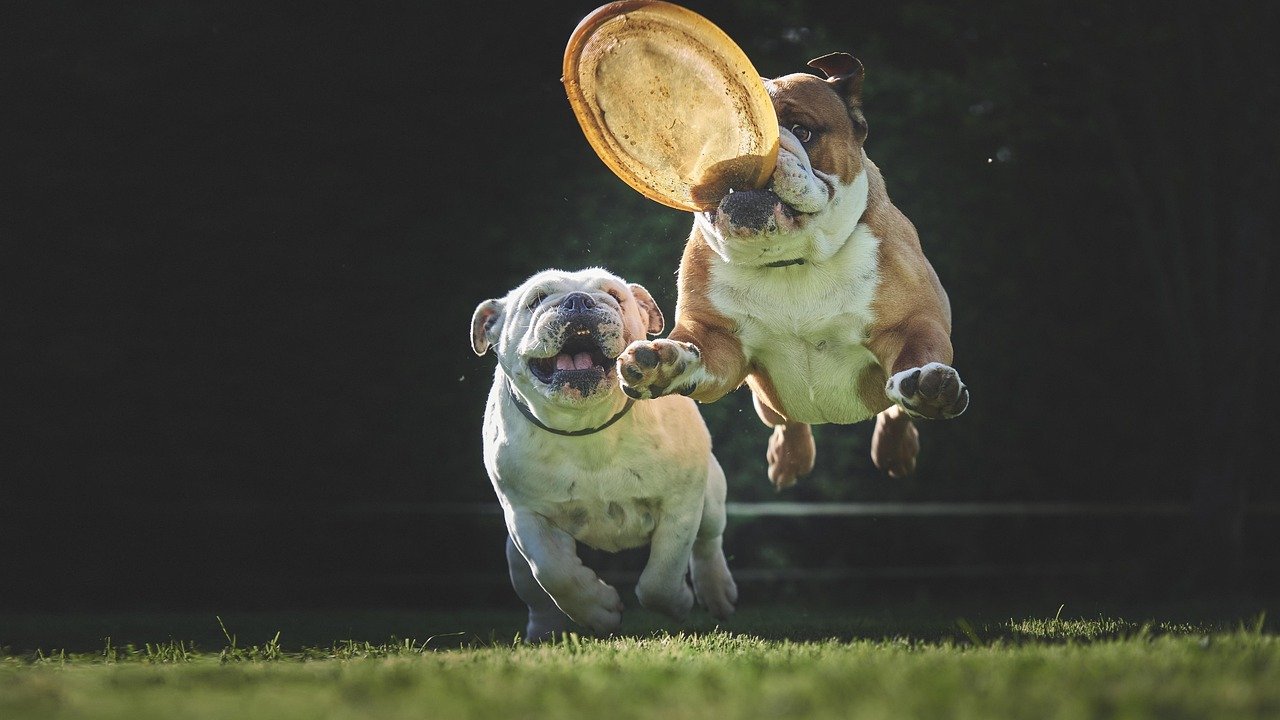
Playtime is more than just fun; it’s a crucial part of communication with your dog. Engaging in regular play sessions helps you understand your dog’s personality and preferences. Through play, you can also reinforce commands and build trust.
Think of play as a language of its own. Each game or activity offers an opportunity to learn and connect. Whether it’s a game of fetch or a tug-of-war, playtime allows you to communicate in a relaxed, enjoyable setting, making it easier for your dog to understand and respond to you.
Respect Personal Space
Just like humans, dogs have boundaries and personal space needs. It’s essential to respect these boundaries to foster effective communication. If your dog retreats or shows signs of discomfort, give them space and time to come to you.
Imagine someone invading your personal space without permission. It’s uncomfortable, right? Dogs feel the same way. By respecting their space, you show your dog that you understand and respect their needs, leading to a more trusting and communicative relationship.
Observe and Adapt
Every dog is unique, with their own quirks and preferences. It’s essential to observe your dog’s behavior and adapt your communication style accordingly. What works for one dog might not work for another.
Think of it as tailoring a suit. A one-size-fits-all approach rarely works. By observing your dog’s reactions and adapting your methods, you create a personalized communication strategy that suits your dog’s individual needs and personality, making interactions more effective.
Incorporate Training into Daily Routines
Training shouldn’t be a separate activity; it should be part of your daily routine. By incorporating commands and communication into everyday activities, you reinforce learning and make it a natural part of your dog’s life.
Consider it like learning a new skill. Practice makes perfect. By weaving training into daily routines, you provide consistent opportunities for your dog to learn and communicate, strengthening your bond and enhancing understanding.
Utilize Hand Signals
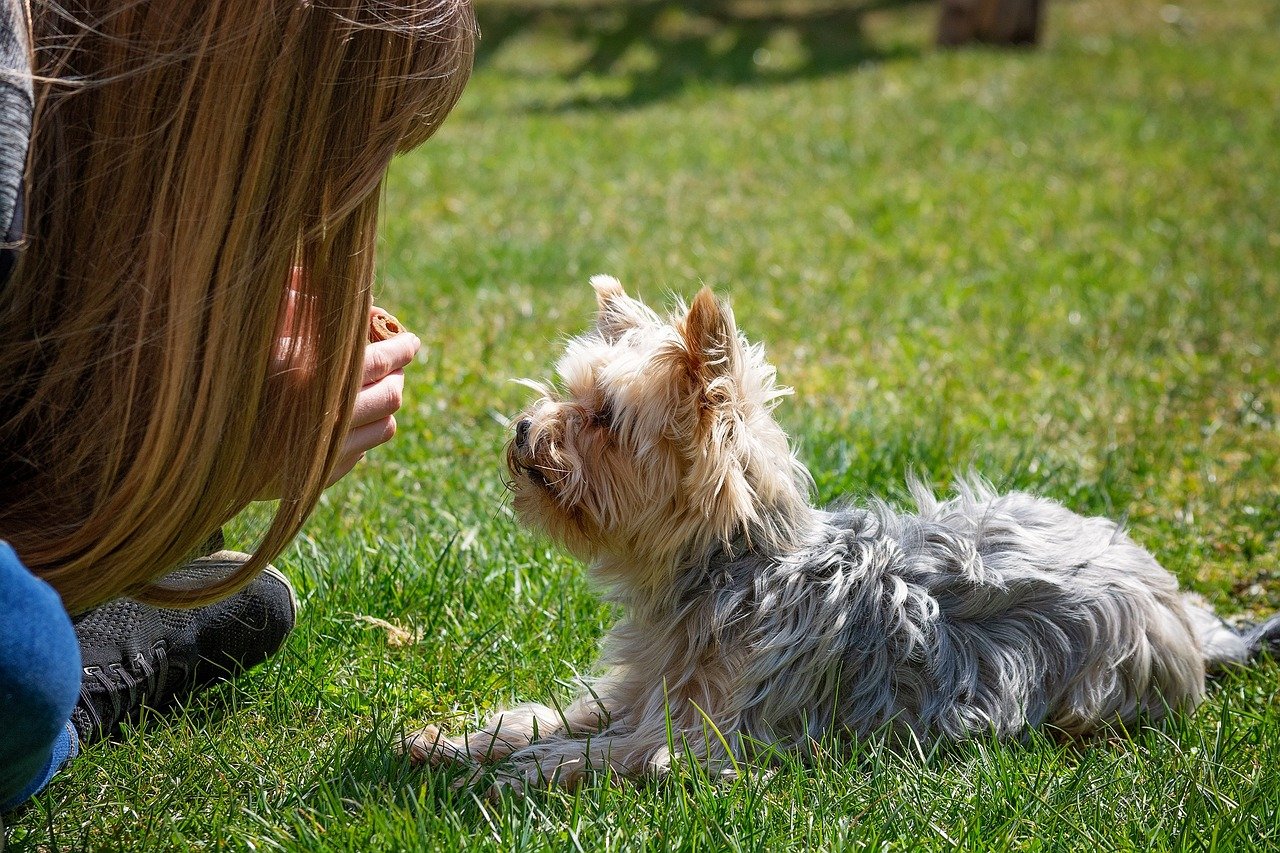
Hand signals are a valuable tool in dog communication. They provide a visual cue that can complement verbal commands, making it easier for your dog to understand your intentions.
Imagine trying to communicate in a noisy environment. Visual cues can cut through the noise and provide clarity. By using hand signals, you offer an additional layer of communication, making it easier for your dog to respond, especially in challenging situations.
Show Empathy and Understanding
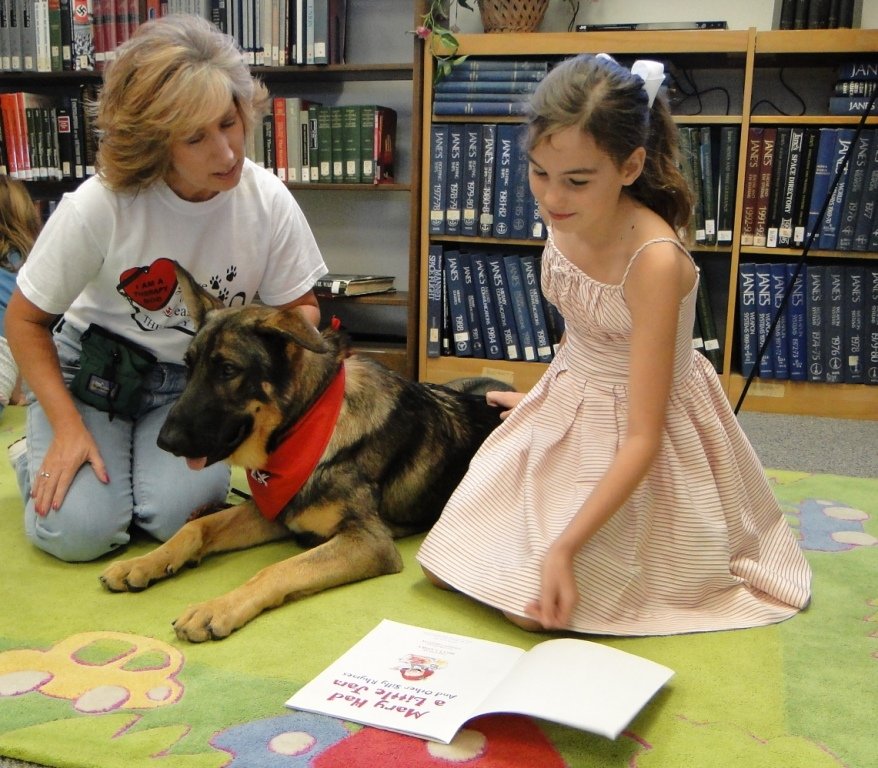
Empathy is the cornerstone of effective communication. By putting yourself in your dog’s paws, you can better understand their feelings and needs. This understanding fosters a deeper connection and enhances communication.
Think of it as walking in someone else’s shoes. By showing empathy, you demonstrate that you care about your dog’s well-being, making them more likely to trust and communicate with you. This empathy builds a foundation of mutual respect and understanding.
Be Attentive to Your Dog’s Health
A healthy dog is a happy dog, and health plays a significant role in communication. If your dog is unwell or in pain, they may not respond to your attempts at interaction. Regular vet check-ups and a balanced diet ensure your dog is in optimal condition for effective communication.
Consider it like maintaining a car. Regular maintenance keeps it running smoothly. By prioritizing your dog’s health, you ensure they’re in the best position to understand and respond to you, paving the way for clear and effective communication.
In conclusion, communicating with your dog is an art that requires patience, understanding, and practice. By implementing these tips, you can bridge the gap between human and canine, creating a harmonious and fulfilling relationship. Are you ready to embark on this journey of deeper connection with your furry friend?
Jen is a passionate nature lover and ocean conservationist. She has dedicated her life to protecting the environment and preserving the beauty of the natural world. Growing up in a small coastal town, Jen sincerely appreciated the ocean and its inhabitants. She has spent countless hours exploring the shoreline, learning about the creatures that inhabit the waters, and advocating for their protection. Jen is an active member of ocean conservation organizations, and she is committed to educating the public about the importance of conserving wildlife and the natural environment.





